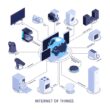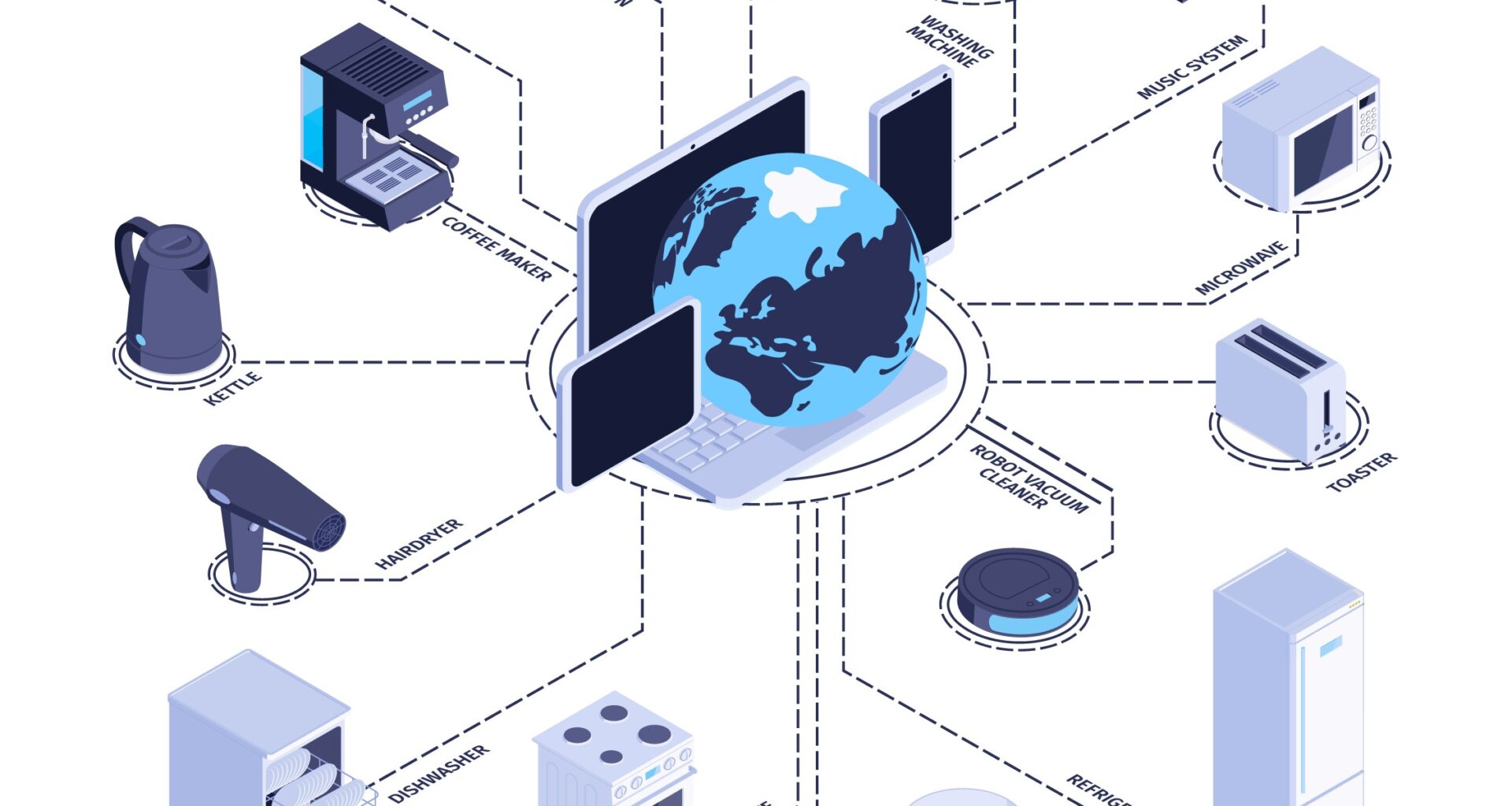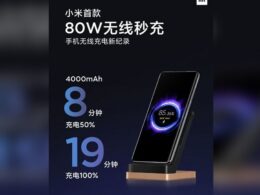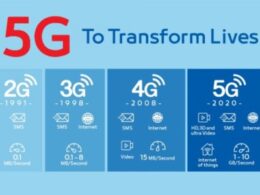Table of Contents Show
In today’s interconnected world, the Internet of Things (IoT) is revolutionizing the way we live, work, and interact with our surroundings. From smart homes to industrial automation, IoT technology is everywhere, quietly enhancing efficiency and convenience. But what exactly is IoT architecture, and how does it work? In this beginner-friendly guide, we’ll break down the basics of IoT architecture in simple terms.
What is IoT Architecture?
IoT architecture refers to the framework that enables the connection and communication between various devices, sensors, and systems in the IoT ecosystem. It encompasses the structure, protocols, and processes necessary for seamless data flow and interaction among these interconnected entities.
Think of IoT architecture like the blueprint for a super-smart system. It’s made up of different parts that help everything communicate and work smoothly.
Layers of IoT Architecture
Perception Layer:
- This layer involves sensors, actuators, and devices that collect data from the physical world.
- Sensors gather information such as temperature, humidity, motion, and light, while actuators enable devices to perform actions based on the received data.
- For example, A smart thermostat equipped with temperature and humidity sensors that adjust room temperature based on user preferences.
Network Layer:
- The network layer facilitates the transmission of data collected by sensors to the cloud or edge computing platforms.
- It includes various connectivity options such as Wi-Fi, Bluetooth, cellular, and LPWAN (Low-Power Wide-Area Network).
- Example: A fleet management system using GPS trackers to transmit real-time location data of vehicles to a centralized server via cellular networks.
Middleware Layer:
- This layer acts as a bridge between the perception layer and the application layer, managing data processing, storage, and communication.
- It handles tasks like data filtering, aggregation, protocol translation, and security.
- Example: An IoT gateway device that preprocesses sensor data before sending it to the cloud, reducing bandwidth usage and latency.
Application Layer:
- The application layer consists of software applications and services that analyze data, derive insights, and enable intelligent decision-making.
- It includes web applications, mobile apps, dashboards, and AI algorithms.
- Example: A smart agriculture system using data analytics to optimize irrigation schedules based on soil moisture levels and weather forecasts.
Simplified IoT Architecture Example
Let’s consider a simplified example of an IoT-enabled smart home security system:
- Perception Layer: Sensors such as motion detectors, door/window sensors, and cameras detect events like motion or unauthorized entry.
- Network Layer: Data from sensors is transmitted wirelessly using Wi-Fi or Zigbee protocols to a central hub or gateway device.
- Middleware Layer: The gateway device preprocesses sensor data, encrypts it for security, and sends it to the cloud server.
- Application Layer: A mobile app or web interface allows homeowners to remotely monitor their home security status, receive alerts, and control devices like smart locks or surveillance cameras.
Also read: Top 5 IoT Applications: Transforming How We Live and Work
Benefits of IoT Architecture
- Increased Efficiency: IoT architecture enables automation and optimization of processes, leading to improved efficiency and resource utilization.
- Enhanced Insights: By collecting and analyzing data from connected devices, organizations can gain valuable insights to inform decision-making and drive innovation.
- Improved User Experience: IoT technology enhances convenience and personalization for consumers through smart, interconnected devices.
- Business Opportunities: IoT opens up new business models and revenue streams, from subscription-based services to data monetization.
By simplifying complex concepts and providing real-world examples, we hope this blog post has helped demystify IoT architecture for you.









